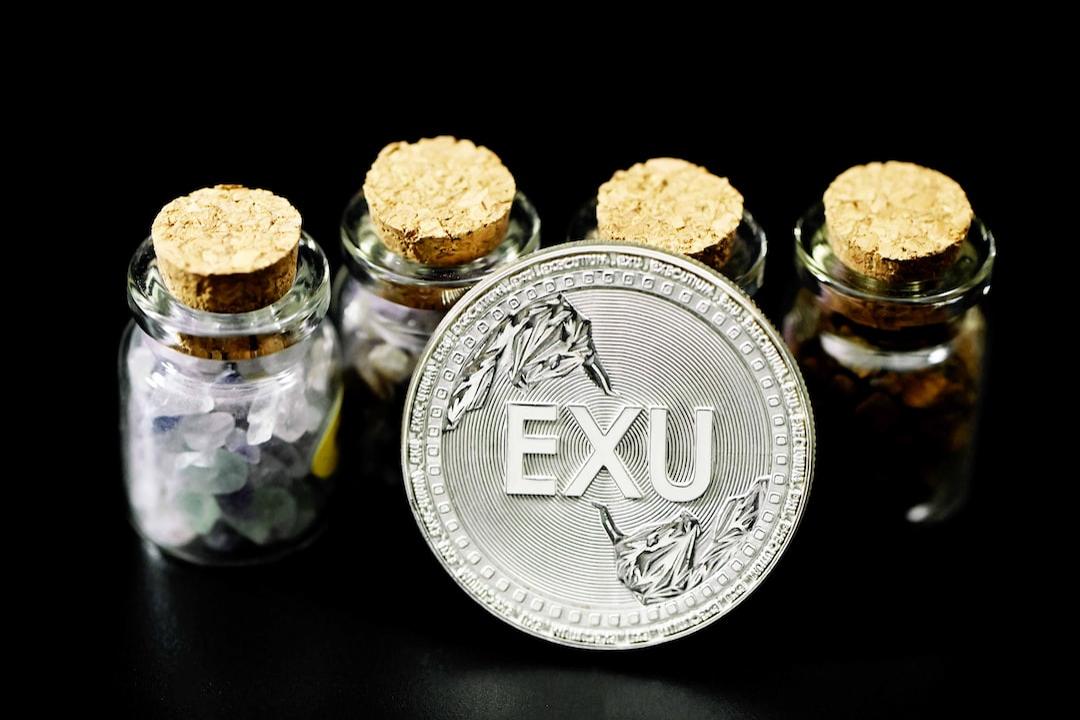Last week, Ethereum underwent its largest upgrade since The Merge. “Dencun” is a portmanteau of “Deneb” and “Cancun,” following the tradition of naming upgrades after stars and cities. “Dencun” bundles together nine proposed network changes.
One of the most anticipated changes in these proposals, known as Ethereum Improvement Proposals (EIPs), is EIP-4844. This is considered a significant milestone on the scalability roadmap and is also referred to as “protodanksharding,” inspired by developer Diederik Loerakker, also known as protoolambda, and Dankrad Feist.
So why is EIP-4844 important? First, it introduces the concept of “blobs” – a place to store additional temporary data on Ethereum blocks. In simple terms, a blob is a new location for storing rollup data added to the network. Rollup is a Layer 2 (L2) service that reduces network load by processing transactions off-chain and then bringing them back on-chain. Since rollup only temporarily needs this data, most of the blob data will be forgotten by the blockchain.
Furthermore, because blobs are temporary, like Instagram Stories (although designed to expire after 18 days in this case), they reduce Ethereum’s reliance on permanent data storage. This is also a step towards storing more blob data by using data availability sampling.
Here’s a useful analogy from a16z crypto engineer Noah Citron to help summarize why all of this is important:
Imagine Ethereum as a highway.
Mainnet transactions are people driving alone.
Rollup is like a bus that brings people together, helping alleviate traffic congestion.
EIP-4844 essentially adds a “bus lane” to Ethereum, making the network more efficient.
The Dencun upgrade also paves the way for adding more “bus lanes” in the future.
The advantages and results are significant. Imagine if rollup data never expired. This would add around 83.7 GB of data to the blockchain every month (approximately 31 days) and 985.5 GB of data every year. This number will only continue to increase because, remember, the blockchain stores information permanently. By regularly expiring blobs, it limits the demand for excessive data storage, especially when other data can be stored off-chain through rollup. (For a more specific understanding of blob data size: the goal is 3 blobs per Ethereum block, with a maximum of 6 blobs per block. Each blob is ~128 KB of data, a vector containing 4096 elements, with each element being approximately 32 bytes.)
EIP-4844 has significantly reduced costs. For example, a transaction on rollup provider Optimism now costs less than 0.1 cents (source: l2fees.info) – about 1000 times cheaper than before the upgrade. Please note that these immediate cost savings are unlikely to persist, as more people put more transactions into rollup, and costs may increase due to induced demand. (If you’re interested in tracking blob fee markets, check out the Dune dashboard created by Citron: the dashboard shows the current base fee for blobs and the current usage of the target base fee percentage.)
Some believe that the Dencun upgrade could reduce costs by 10-1000 times (this is purely an estimate). However, a future upgrade called PeerDAS or “full danksharding” aims to make rollup even more efficient, increasing transaction throughput by 32 times. The key innovation is adding more shards to improve efficiency without significant additional costs. Therefore, full sharding technology will allow the addition of many bus lanes at the price of one bus lane, potentially leading to significant throughput growth in the future.
Lower transaction costs are important for everyone, as cheaper transactions can unlock new application categories that wouldn’t make sense with higher fees.
With Dencun, the concept of transient storage (EIP-1153) is also added to the Ethereum Virtual Machine (EVM). Smart contracts can now store data only for the duration of a transaction, rather than permanently or only during specific contract invocations. This means developers can do cooler things at much lower costs because they now have a “mid-term” memory for smart contracts. Think about the impact of different types of volatile storage on semiconductor innovation…
The Dencun upgrade also benefits developers in other ways, such as more liquidity staking protocol tools to understand what’s happening on the beacon chain (from the EVM), which helps decentralize these protocols. There is also the mcopy opcode, which, along with Dencun, makes some memory-intensive smart contracts more energy-efficient.
In summary, while the long-awaited “Merge” is one of the biggest technical accomplishments to date – transitioning Ethereum from energy-intensive proof-of-work to proof-of-stake – we are now entering the “Surge” phase, where ongoing updates can further expand Ethereum. Like all other updates, this one has been in the works for a long time (Ethereum held a trusted setup ceremony for it).
But most importantly, all these upgrades are the result of countless developers worldwide coordinating and contributing through open-source collaboration.
Original article link, compiled by MarsBit.

